Vintage George Oldziey Interview



Continuing our covarage of the Wing Commander Orchestral Recording Project Volume 2 Kickstarter, we thought it would be fun to present a retro interview on the subject. The following article and Q&A appeared in Origin's Official Guide to Wing Commander III. It discusses how music works in the game and then talks to composer George Oldziey about his story! Scans of the original pages are included below, which include images of some of the music generated by Cakewalk and a vintage photo of a younger George Oldziey!
MUSIC
In Wing Commander III, interactive music is the background music that plays while you are actually flying the game. As the mood changes, the music seamlessly changes along with it. There are close to fifty different musical "themes," ranging in length from just a few seconds to a couple of minutes. Each one relates to a particular type of situation that the player may encounter during combat.
The programmers incorporated a code into the program that signals whether a situation is good or bad. The program also keeps track of how many hits you’ve taken, what weapons you have, how many enemies are in the area, where they are in relation to you, etc. When the situation changes, the code detects the difference and signals a switch. The music continues to the end of the measure, then adjusts to match the current scenario.
In music, a "measure" is a unit of music that is only one or two seconds long. The system waits until the end of the measure before it switches to a new music theme. The music is designed in such a way that if the feel of the two types of music is similar—such as "I’m not doing too well in combat" and "I’m hit and the enemy is on my tail"—there is no discernible break between the different musical messages. The end of one measure flows naturally into the beginning of the next measure. When the game situation changes suddenly and drastically, though, a one-measure bridge is inserted between the two different sounds. This might happen if you had been hit several times and had an enemy gunning after you, but then fired the shot that took out a Kilrathi capital ship.
George Oldziey was the composer for Wing III.
GEORGE OLDZIEY, COMPOSER
Q: Did you know how big the project was when you started?
GO: My first day at work, I came in and was shown to my office ... and then every half hour someone would come down and ask if I had anything.
Eventually I was told what the project was. To tell the truth, I had never really played a computer game before so I didn’t know what Wing Commander or the scope of this project was. I was composing merrily along for weeks, and little by little I was being told "You’re working on Wing Commander III? Boy, that’s really great!" It really wasn’t until all the media attention that I realized that I was working on a groundbreaking project. That made it more exciting, but it’s not really changing my approach to it.
The first time I met Chris Roberts, he told me what he wanted— orchestral music; it had to be something grand. My bachelor’s degree is in trumpet and I’ve done a lot of per forming in orchestras in New York City, so I was pretty clear about how to get that kind of sound. I’ve also played keyboard and I’ve composed in lots of styles. The only fear that I have—and I love what I do here—is that I might get pigeonholed as someone who can only do an orchestral kind of music.
Q: What tools do you use to compose for the game?
GO: I have a very simple setup in my office. I have a PC with a sequencing setup in my office. I have a PC with a sequencing program called Cakewalk, a MIDI keyboard controller— Kurzweil K 2000, which is a sampler— where I house all the orchestral sounds, and a VHS and a TV monitor that can display time code, which I use to synch the music to the video.
Q: What is General MIDI sound?
GO: General MIDI, basically, is several different companies’ attempts to standardize MIDI instrumentation. If you’re composing for our game (and we do support several General MIDI cards), "patch" or "sound #1" or "zero" is always going to be the same sound. In other words, zero and one are two different kinds of piano, etc. It’s freeing in that you know that the music is going to sound similar on different cards.

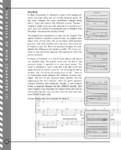

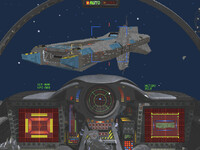
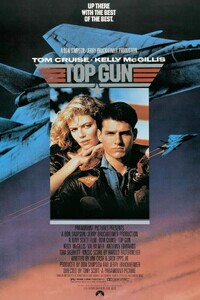
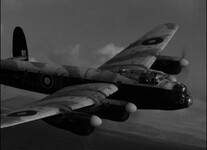
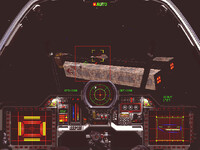


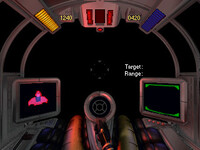

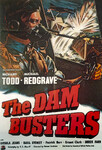
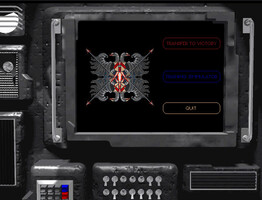


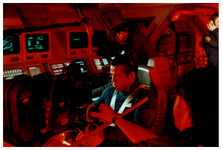
Follow or Contact Us